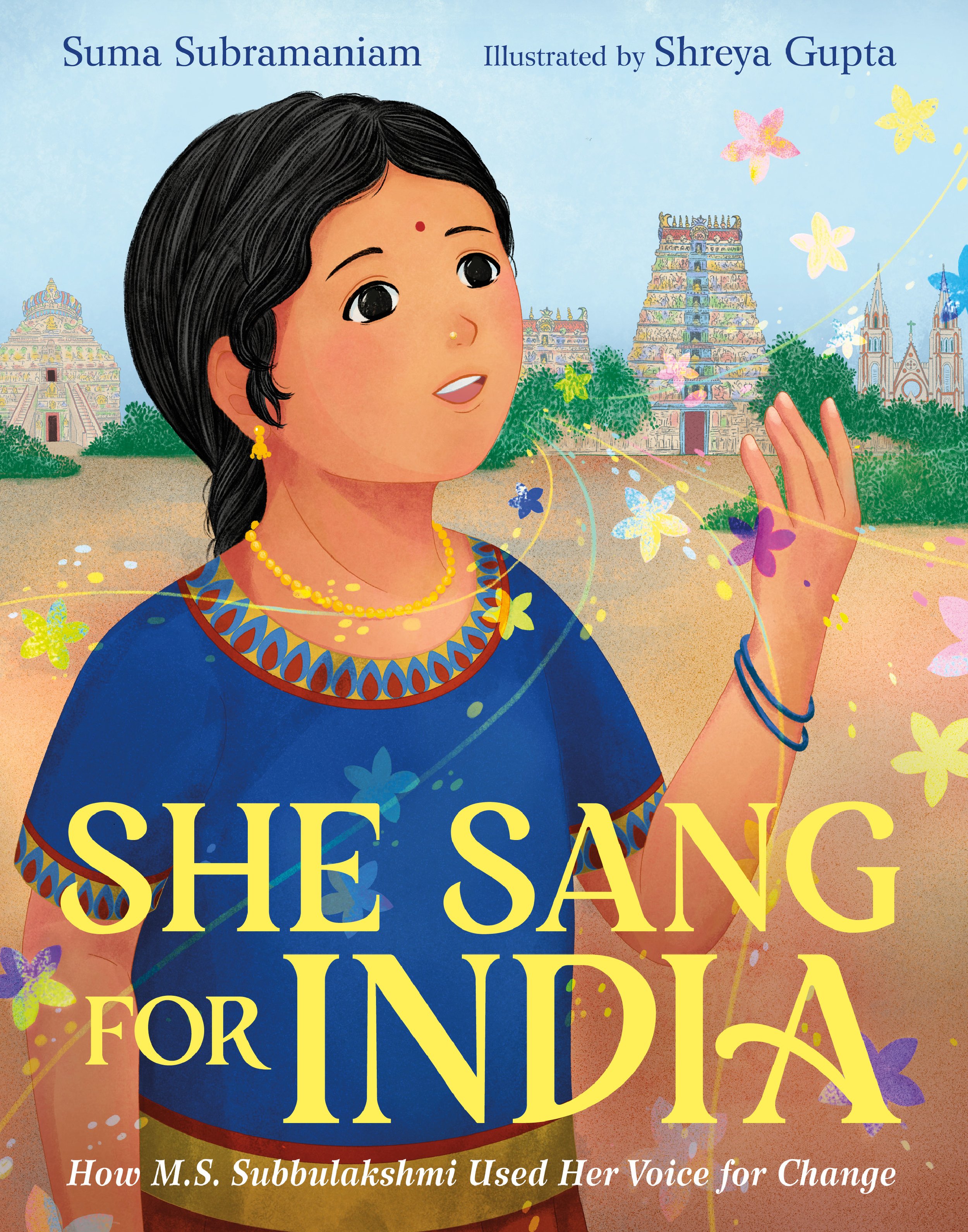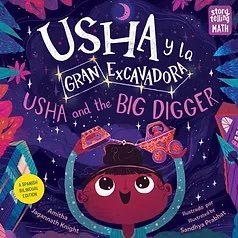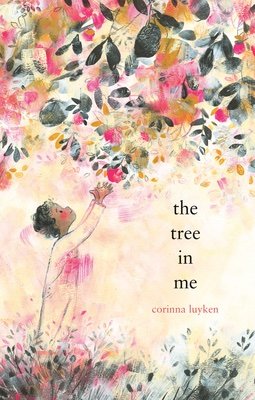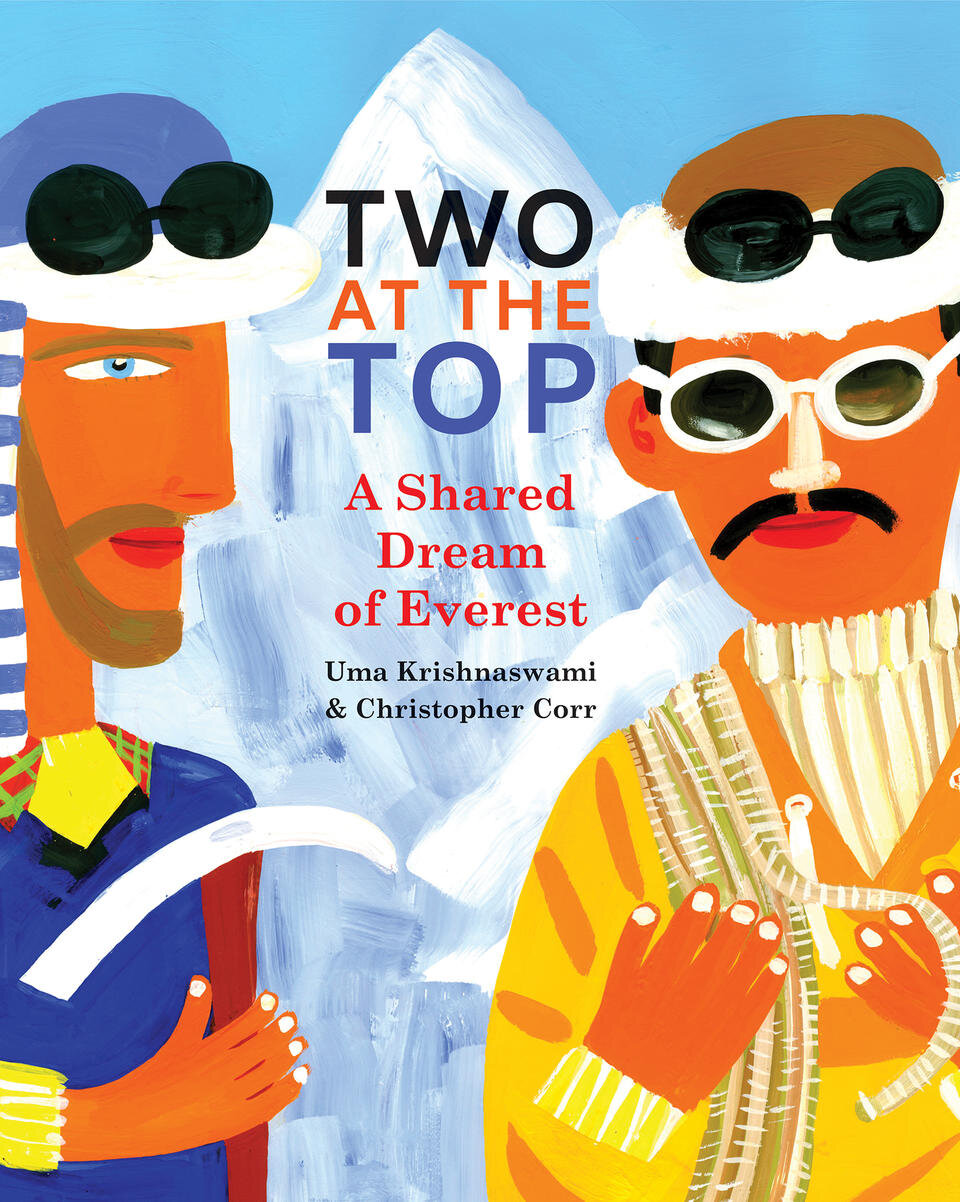
Writing With a Broken Tusk
Writing With a Broken Tusk began in 2006 as a blog about overlapping geographies, personal and real-world, and writing books for children. The blog name refers to the mythical pact made between the poet Vyaasa and the Hindu elephant headed god Ganesha who was his scribe during the composition of the Mahabharata. It also refers to my second published book, edited by the generous and brilliant Diantha Thorpe of Linnet Books/The Shoe String Press, published in 1996, acquired and republished by August House and still miraculously in print.
Since March, writer and former student Jen Breach has helped me manage guest posts and Process Talk pieces on this blog. They have lined up and conducted author/illustrator interviews and invited and coordinated guest posts. That support has helped me get through weeks when I’ve been in edit-copyedit-proofing mode, and it’s also introduced me to writers and books I might not have found otherwise. Our overlapping interests have led to posts for which I might not have had the time or attention-span. It’s the beauty of shared circles.


Process Talk: Nicola Davies on Ride the Wind
I read Ride the Wind by Nicola Davies in an e-galley, which isn’t the ideal way to read a picture book. Still, even with the limitations of the format, there was something moving and engaging about this book. I enjoyed its depth and scope, and loved how Davies uses the boy’s story to access the albatross’s plight. She also doesn’t shy away from the complexity of human relationships—a representation that’s difficult to pull off in the small container of a picture book. Finally I loved that the child secures his place in his world and finds healing through bearing witness to something larger than himself. So I invited Nicola to tell me more. Here’s the result of our exchange of emails.

Process Talk with Jen: Elizabeth Partridge on Golden Gate
[Posted by Jen Breach for Writing With a Broken Tusk]
Elizabeth Partridge’s The Golden Gate: Building the Mighty Bridge tracks the epic construction of the Golden Gate Bridge in the 1930s–at the time by far the world’s longest suspension bridge and commonly thought to be an “impossible” project–from an utterly child-centric POV.
Here at Writing With a Broken Tusk, we are preoccupied with crossing borders, and it strikes me that a bridge is as much of a transitional space as a border between countries. But there’s something about the scope of a bridge–especially one as long, and striking as the Golden Gate–that gives us a physical reminder of being in liminal space that crossing an invisible, imaginary, pencil-thin border between countries.

Guest Post: Is Writing a Picture Book Really That Hard? by Veera Hiranandani
Veera Hiranandani writes heartbreaking, devastating, tear-spilling, and, yes, hopeful historical and contemporary novels for young readers about nuanced characters whose identities and experiences figuratively, literally, and literarily cross borders. She’s really really good at it. Her middle grade novel, The Night Diary, won a Newbery Honor. Her most recent releases are Amil and the After, the historical middle grade sequel which continues The Night Diary’s story in post-partition India; and The Greatest, a tender picture book about intergenerational family love, illustrated by Vesper Stamper (released on September 3).
For novelists, the process of writing a picture book can present its own challenges. Here are Veera’s reflections on tackling the “concentrated feel” of a picture book.

Process Talk with Jen: Uma Krishnaswami on Look! Look!
In Uma Krishnaswami’s own words on her book Out of the Way! Out of the Way! (Groundwood, 2010), after many drafts of editorial interference were tossed aside that had insisted the story be more plot-based, more in line with mainstream US children’s publishing: “I told the story the way it showed up in my mind, with a long timeline, a single action taken by one young boy, and the place itself as the center of the tale. It became a story about a child in a community, about the power of a single action unleashing a long spiral of consequences. It relies on repetition, on rhythm, on auditory effect, as much as it does on the beautiful illustrations of my almost-namesake, artist Uma Krishnaswamy from Chennai.”

Poetry and Wondrous Facts in The Wisdom of Trees
Author-illustrator Lita Judge (Flight School and Something Beautiful) delivers for children the understanding that Suzanne Simard elevated with her research—forests are more than just a bunch of trees that all happen to be growing in the same place.

Looking the Tiger in the Eye
The Great Derangement: Climate Change and the Unthinkable was Amitav Ghosh’s first book of nonfiction after his marvellous travel memoir and quest to unpack history, In an Antique Land (1992).
The opening chapter contains this passage on the Sundarbans, that mangrove forest region where three rivers run into the Bay of Bengal:
The Sundarbans are nothing like the forests that usually figure in literature. The greenery is dense, tangled, and low; canopy is not above but around you, constantly clawing at your skin and your clothes. No breeze can enter the thickets of this forest; when the air stirs at all it is because of the buzzing of flies and other insects. Underfoot, instead of a carpet of softly decaying foliage, there is a bank of slippery, knee-deep mud, perforated by the sharp points that protrude from mangroves roots. Nor do any vistas present themselves except when you are on one of the hundreds of creeks and channels that wind through the landscape—and even then it is the water alone that opens itself; the forest withdraws behind its muddy ramparts, disclosing nothing.
That description transports me there, forces me to care when it would be so much easier to back away from the book’s big questions.

Guest post: Suma Subramaniam on She Sang for India
From Suma Subramaniam: When I started writing about M.S. Subbulakshmi, I had it in my head that this wasn’t going to be an arduous task. Her story was all over the internet. It wouldn’t take much effort because she was famous, well-respected, and well-known among people from India and the diaspora.
By the time I finished the draft, I learned how fallible I was. Every book presents its challenges, and this project wasn’t short of that.

Guest Post: Amitha Jagannath Knight on Usha and the Big Digger
“Usha loved trucks. She made them bump and roll.” Who could not love this child who’s equally fervent about things on wheels and things in the sky? In advance of the Spanish edition to come in July (Usha y la Gran Excavator) I invited Amitha Jagannath Knight, writer and author of this charmer of a book, to post about how her Usha came to be.

The Words in Picture Books: Bat Loves the Night by Nicola Davies
In Bat Loves the Night by Nicola Davies, illustrated by Sarah Fox-Davies, we enter the liminal space between day and night and encounter one small creature that inhabits it. Nicola Davies lifts the reader into bat’s world with perfectly chosen words.

The Dance of Words and Pictures in The Tree in Me
Trees and us. We’re bound together from breath to shelter and beyond, bound together in every way.
That’s the truth that resides in this poem in words and pictures from author-illustrator Corinna Luykens. The words are as delicate as the rustle of leaves but they’re also completely centered on the child reader.

The Words in Picture Books: Lali’s Feather by Farhana Zia
Even in 2022, it’s rare to find a truly playful picture book that is also grounded in a particular location and with a specific cultural setting. In Lali’s Feather by Farhana Zia, you will not find the staple fare of diversity in picture books—food, family traditions, festivals.

Everything and the Kitchen Sink: the Charm of Illogic in Stuck by Oliver Jeffers
We talked about Stuck by Oliver Jeffers during the Picture Book Intensive workshop in this year’s January residency. I looked at it again to try and figure out where its particular charm lies.

Time and Driftwood
You can't hold water and wood in the mind at once and not also fold in the passage of time.

The Words in Picture Books: The Longest Letsgoboy
Thank you, Vaunda Nelson, for mentioning The Longest Letsgoboy (by Derick Wilder, illustrated by Cátia Chien) in one of our writing group conversations.

Guest Post: Matt Lilley on Good Eating: The (Short) Life of Krill
It’s always wonderful to see books emerge from manuscripts I saw for the first time in a workshop. Congratulations to Matt Lilley on the release of his engaging, funny, surprising picture book, packed with information about the tiny creature that is the Southern Ocean’s keystone species. Here’s Matt on how he came to write this text.

Process talk: Amy Alznauer on The Boy Who Dreamed of Infinity
I read Robert Kanigel’s biography of Ramanujan years ago and very much hoped that one day, someone with facility in both math and language would write a children’s book about his remarkable journey. I’m so thrilled to see what Amy Alznauer has done now in her picture book biography, The Boy Who Dreamed of Infinity. I’m delighted to speak to Amy about her beautiful book..

Process Talk: Nadia Salomon on Goodnight Ganesha
When I heard about Nadia Salomon’s new picture book, Goodnight Ganesha, illustrated by Poonam Mistry, I knew I had to talk to Nadia about it. After all, it was Ganesha who showed me the way to writing for children with the publication of The Broken Tusk.
Also, the name of this blog practically demands this conversation.



